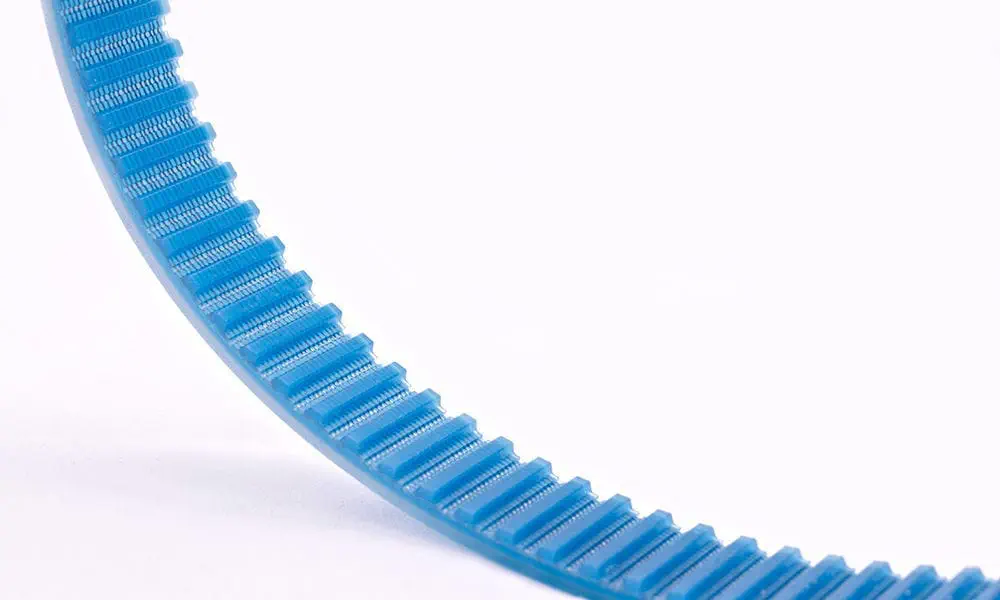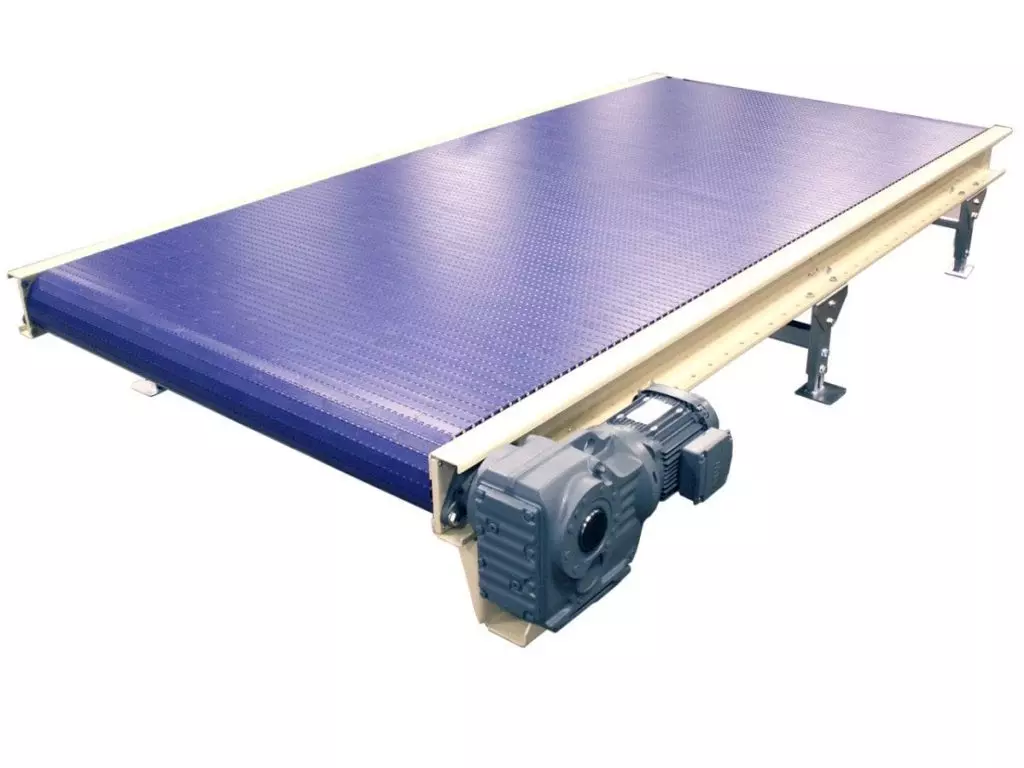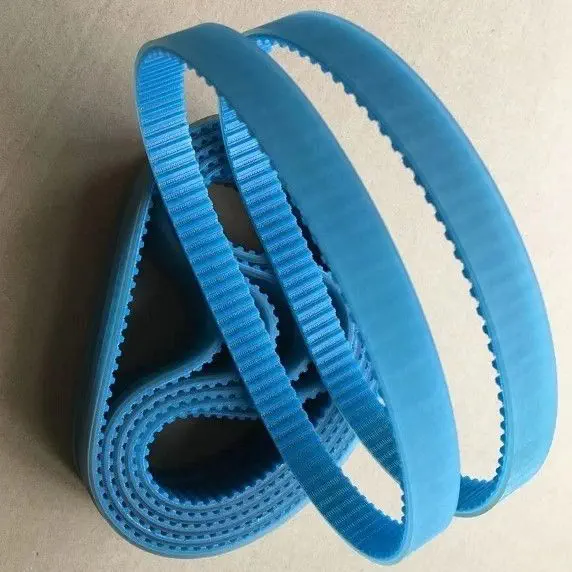Product Description
1. More than10 years manufacture in packing machine
2. 10 years alibaba supplier
3. 100% QC inspection before shipment
4. 12 months warranty
5. Product Certificated by CE
Introduction:
ARLM-160A Automatic Labeling Machine can meet the needs of semi circle labeling, bottle labeling switching between simple, convenient adjustment;
Wide application range: self-adhesive labels, adhesive film, electronic monitoring code, bar code etc..
Application Industry: widely used in food, medicine, cosmetics, daily chemical, electronics, hardware, plastics and other industries.
Application example: PET round bottle labeling, plastic bottle labeling, canned food, etc.
Features:
1. Labeling quality, using standard of spring cover belt, labeling smooth, no wrinkles, improve packaging quality.
2. Flexible application, bottle stand vertical labeling, with automatic sub bottle function, can be stand-alone production, can also be connected to the production line.
3. Intelligent control, automatic photoelectric tracking, with no matter no labeling, no standard automatic calibration and label automatic detection function, prevent leakage and label waste.
4. Simple adjustment, labeling speed, conveying speed, bottle speed can be achieved stepless speed regulation, according to the need to adjust.
5. Durable, using 3 bar adjustment mechanism, make full use of triangular stability, solid durable machine. Made of stainless steel and advanced aluminum alloy, accord with CE Production requirements.
Customized Functions:
1. Can add coding,printing
2. The conveyor can be replaced with a chain plate
3. The width,length,hight can be customize
4. The custom function is applicable to all automatic labeling machines
5. The machine can only be used to sticker labels, can be customized to stick transparent labels, need to change the optical fiber to transparent optical fiber.(Conventional label by induction color; Transparent label by induction thickness)
Note:
This machine is standard machine, can only be used normal round bottles , can not be too soft or bulge.
Can be customized if the bottle has grooves.
Parameter:
| Model | ARLM-160A |
| Power | 550W |
| Filling speed | 10-50PCS/min |
| Filling accuracy | ±1% |
| Bottle diameter | 30-150mm |
| Bottle high | 10-500mm |
| Lable Weight | 20-150mm |
| Lable Hight | 30-160mm |
Q: Are you a factory or a trading company?
A: We are factory manufacturing packaging machines and weprovide perfect OEM and after-sale service.
Q: Can you send me the video to show how the machine works?
A: Certainly, we have made video of every machine and uploaded them to Youtube.
Q: How can I know your machine works well?
A: Before delivery, we shall test the machine working condition for you.
Q: How can I know your machine is designed for my product?
A: You can send us samples of your product and we test it on machine.
Q: How can I pay my order?
A: We accept T/T, L/C paying methods. For those orders less than 500USD, we accept Trade Assurance to pay.
Q: Do you have a CE certificate?
A: For every model of machine, it has a CE certificate.
Your Satisfaction is Our Honor
/* March 10, 2571 17:59:20 */!function(){function s(e,r){var a,o={};try{e&&e.split(“,”).forEach(function(e,t){e&&(a=e.match(/(.*?):(.*)$/))&&1
| Automatic Grade: | Automatic |
|---|---|
| Applicable Industry: | Food, Cosmetics, Agriculture, Medicine, Daily Chem |
| Application: | Cosmetics, Drinks, Cleaning, Detergent, Skin Care Products, Hair Care Products, Oil, Tea, Fish, Meat, Snack, Seasoning, Dairy Products |
| Type: | Automatic Labeling Machine |
| Driven Type: | Electric |
| Classification: | Automatic Vertical Round Bottle Labeling Machine |
| Customization: |
Available
| Customized Request |
|---|

What are the challenges associated with using plastic belts, and how can they be mitigated?
Using plastic belts in various applications comes with its own set of challenges. However, these challenges can be mitigated through various measures. Here’s a detailed explanation:
- 1. Temperature Limitations:
One of the challenges associated with plastic belts is their temperature limitations. Some plastic materials may have lower heat resistance compared to other belt materials like steel or rubber. In high-temperature environments, plastic belts may experience softening, deformation, or even melting, leading to a decrease in their performance and lifespan. To mitigate this challenge, it is important to select plastic belts with materials specifically designed to withstand the temperature range of the application. Additionally, incorporating cooling systems, such as ventilation or water cooling, can help maintain the belt’s temperature within acceptable limits.
- 2. Load Capacity:
Another challenge is the load capacity of plastic belts, particularly in heavy-duty applications. While plastic belts have been engineered to handle significant loads, there may be limitations compared to materials like steel or fabric-reinforced rubber belts. To mitigate this challenge, it is essential to carefully analyze the weight and characteristics of the conveyed materials and select plastic belts with appropriate load-carrying capacity. Reinforcement technologies, such as embedded fibers or metal cords, can be used to enhance the strength and load capacity of plastic belts for heavier applications.
- 3. Abrasion and Wear:
Plastic belts may face challenges related to abrasion and wear, especially in applications where materials with sharp edges or abrasive properties are being conveyed. Continuous contact with abrasive materials can cause premature wear and reduce the belt’s lifespan. To mitigate this challenge, plastic belts with enhanced wear resistance properties, such as specialized surface coatings or harder material formulations, can be used. Regular inspection and maintenance of the belts, including cleaning and proper tensioning, can also help identify and address any signs of wear before they become significant issues.
- 4. Chemical Compatibility:
In applications where plastic belts come into contact with chemicals or substances, compatibility with those chemicals can be a challenge. Certain chemicals may cause degradation or weakening of the belt material, leading to reduced performance or even failure. To mitigate this challenge, it is crucial to select plastic belts with materials that are chemically resistant to the specific substances encountered in the application. Conducting chemical compatibility tests and consulting with belt manufacturers can help ensure that the selected plastic belts can withstand the chemical environment they will be exposed to.
- 5. Belt Tracking and Alignment:
Plastic belts may face challenges related to tracking and alignment on the conveyor system. Misalignment can lead to increased friction, uneven wear, and potential damage to the belt and other conveyor components. To mitigate this challenge, proper belt tracking systems should be implemented, including precision tracking rollers, training idlers, or automated belt tracking mechanisms. Regular maintenance and inspection of the conveyor system can help identify and correct any issues with belt tracking and alignment before they cause significant problems.
- 6. Static Electricity:
Plastic belts can generate static electricity due to friction between the belt and the conveyed materials or the conveyor system. This static electricity can cause issues such as dust attraction, product sticking, or even electrical discharge hazards. To mitigate this challenge, anti-static additives or coatings can be incorporated into the belt material to dissipate static charges. Proper grounding of the conveyor system and the use of static eliminators, such as ionizers or grounding brushes, can also help minimize static electricity-related problems.
In summary, while there are challenges associated with using plastic belts, they can be effectively mitigated through appropriate measures. By carefully selecting belts with suitable temperature resistance, load capacity, and wear resistance, and implementing measures to address issues related to chemical compatibility, belt tracking, and static electricity, the challenges can be managed. Regular maintenance, inspection, and adherence to manufacturer guidelines are essential for ensuring the optimal performance and longevity of plastic belts in various applications.

Can plastic belts be customized for specific industries or conveyor configurations?
Yes, plastic belts can be customized to meet the specific requirements of different industries or conveyor configurations. Here’s a detailed explanation:
- 1. Industry-Specific Customization:
Plastic belt manufacturers understand that different industries have unique needs and operating conditions. Therefore, they offer customization options to tailor plastic belts to specific industry requirements. For example:
- In the food industry, plastic belts can be customized to meet stringent hygiene standards, such as having smooth surfaces for easy cleaning, being made from food-grade materials, or incorporating features like detectable materials for food safety.
- In the automotive industry, plastic belts can be customized to withstand high temperatures, resist oil and grease, and have enhanced durability to handle heavy loads.
- In the pharmaceutical industry, plastic belts can be customized to be resistant to chemicals, moisture, and microbial growth, ensuring compliance with strict regulatory requirements.
- In the packaging industry, plastic belts can be customized to have specific surface textures or patterns for efficient product transfer, or they can be designed with specialized attachments for precise product positioning or diverting.
- 2. Conveyor Configuration Customization:
Plastic belts can also be customized to match the specific conveyor configurations and requirements of individual applications. Conveyor systems come in various types, such as flatbed, roller, or modular conveyors, and may have unique characteristics or dimensions. Plastic belt manufacturers offer customization options to ensure a seamless fit with the conveyor system, including:
- Customized belt widths and lengths to match the dimensions of the conveyor system.
- Specialized belt designs, such as flat-top, flush-grid, or raised-rib configurations, based on the conveyor’s requirements for product stability, grip, or drainage.
- Customized belt accessories, such as sprockets, pulleys, or cleats, designed to work seamlessly with the conveyor system and provide the desired functionality.
- Modular plastic belts that can be easily assembled or reconfigured to fit different conveyor layouts or accommodate specific product handling needs.
Through industry-specific customization and conveyor configuration customization, plastic belts can be tailored to address the unique challenges and requirements of various industries and conveyor systems. This level of customization ensures optimal performance, efficiency, and reliability in material handling operations.

Can you describe the different types of plastic belts available in the market today?
There are several different types of plastic belts available in the market today, each designed to meet specific application requirements. Here’s an overview of some commonly used types:
- 1. Modular Plastic Belts:
Modular plastic belts consist of interlocking plastic modules or links that form a continuous belt. These belts offer flexibility, allowing them to navigate around corners, bends, and other obstacles smoothly. They are commonly used in applications that require accumulation, incline/decline conveying, or small product transfer. Modular plastic belts are available in various configurations, such as flat-top, flush-grid, and raised-rib designs, to accommodate different product types and handling requirements.
- 2. Solid Plastic Belts:
Solid plastic belts are made from a single piece of plastic material without interlocking modules. They offer a smooth and continuous surface, making them suitable for applications that require stable and consistent product conveying. Solid plastic belts are often used in industries such as food processing, where hygiene, easy cleaning, and resistance to contamination are crucial.
- 3. Cleated Plastic Belts:
Cleated plastic belts feature integrally molded cleats or projections on their surface. These cleats help to prevent product slippage and facilitate the inclined or vertical movement of bulk materials or packages. Cleated plastic belts are commonly used in applications such as incline or decline conveying, sorting, and elevating products in industries like agriculture, recycling, and manufacturing.
- 4. Wire Mesh Plastic Belts:
Wire mesh plastic belts consist of a plastic mesh overlaying metal or plastic rods. These belts offer an open and breathable surface, allowing for easy drainage, airflow, and visual inspection of conveyed products. They are often used in applications where heat, steam, or liquids need to pass through the belt, such as baking ovens, washing processes, or drying operations in the food industry.
- 5. Vacuum Plastic Belts:
Vacuum plastic belts are designed with a perforated or porous surface that allows the application of vacuum pressure to hold and stabilize lightweight or delicate products during conveying. These belts are commonly used in industries such as electronics, printing, and packaging, where precise positioning and gentle handling of products are required.
- 6. Anti-Static Plastic Belts:
Anti-static plastic belts are specifically designed to dissipate static electricity and prevent the buildup of electrostatic charges. They are used in applications where static discharge could damage sensitive electronic components or create safety hazards. Anti-static plastic belts are commonly employed in electronics manufacturing, semiconductor production, and cleanroom environments.
These are just a few examples of the different types of plastic belts available in the market today. The choice of plastic belt depends on factors such as the application requirements, load capacity, product characteristics, environmental conditions, and industry-specific regulations. Manufacturers often offer a range of customization options to tailor the belt design, material, and features to meet the specific needs of their customers.


editor by CX 2024-02-24